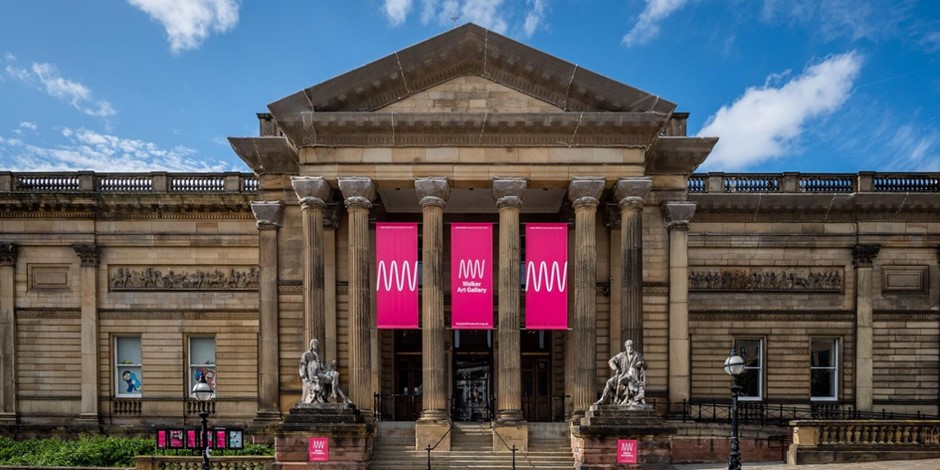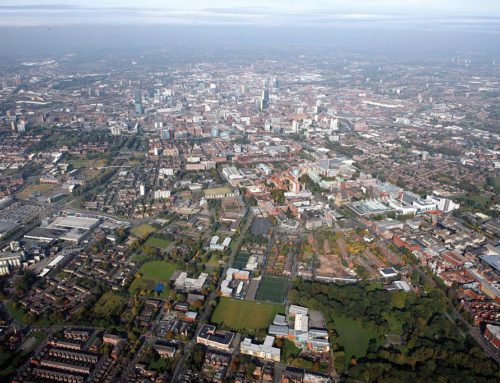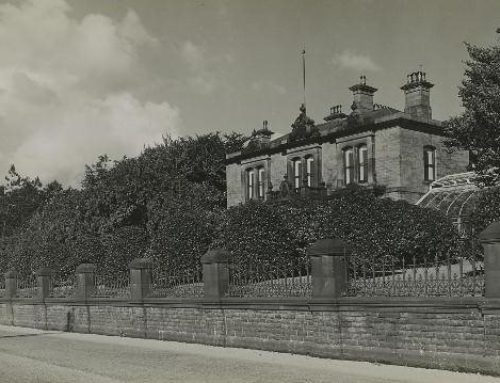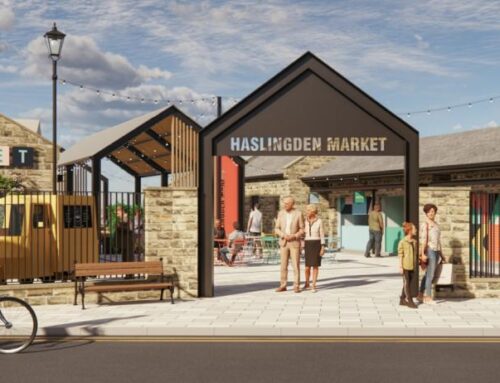Liverpool Walker Art Gallery – From Past to Present
For 130 Years, Liverpool’s’ Walker Art Gallery has housed Liverpool’s most outstanding Art collection – but what was its’ origin before?
For the last 130 years, the Liverpool Walker Art Gallery has been home to some of the most outstanding pieces of Art, paintings, Sculptures and Decorative Art.
Open from Tuesday to Sunday, this Art Gallery warmly invites you and the public to have a look around and explore its’ many different artefacts, learning and indulging yourself in the astonishing history.
Currently, the Walker Art Gallery is home to Art pieces, paintings and artefacts from many different successful Artists. But what did this incredible, historic building used to be? What was its’ original purpose before it became one of the world’s National Museums? This article will dive into the History of the building, supplying you with information on how it started, what different purposes it served and what its purpose today is.
To begin, we will go through a timeline of this building’s most important, influential events – starting from:
1873 – Andrew Barclay Walker, who was a brewer and alderman for the Liverpool council, offered to present a Gallery to the city of Liverpool. He offered this to commemorate his term as Mayor and donated £20,000 towards the Gallery.
1874 – Prince Alfred, the Duke of Edinburgh, laid the foundation stone of the Art Gallery (As seen in the image). This was on September 28th.
1878 – One of the gallery’s most famous and popular paintings was bought for £750. This was the ‘when did you last see your father’ piece, painted by WF Yeameas. This stunning oil painting depicts the son of a royalist being questioned by Parliamentarians during the English Civil War.


1881 – The galleries’ attendance figures peaked at around 2,000 people per day. In comparison, today, the gallery is now averaging 2.7m visitors per year.
1884 – A new extension of the Walker Art Gallery was now open. Andrew Barclay Walker paid the price in full for the construction of this, which was £11,500.
1931 – Another extension was to be built, so the Walker Gallery temporarily closed. £10,000 each was donated by George Audley, FC Bowring and Thomas Bartlett.
1939-1945 – During WW2, the gallery was taken over by the Ministry of Food and was then used for the administration and distribution of ration books.
1951 – The Walker Gallery re-opened
1955 – The gallery held a Vincent Van Gogh exhibition, which resulted in queues forming all the way down William Brown Street.
1986 – The Walker Art Gallery received national
status as part of the National Museums and Galleries across Merseyside.
1999 – The gallery had major refurbishment work done which was part of the National Museums Liverpool into the Future project.
2002 – The gallery reopened.
Now that we have learnt a little about the history of the building, let’s have a look at what facilities the museum now has as of 2023.
The Layout – The first floor contains major paintings and special exhibitions. The ground floor has a craft and design gallery, sculpture gallery, children’s gallery, a café and a shop.

- Room 1 – Medieval and Renaissance Art
- Room 3 – Baroque Art in Europe
- Room 5 – 18th-Century Art in Europe
- Room 7 – Victorian Narrative Painting
- Room 9 – Changing displays
- Room 11 – British Art from 1880 – 1950
- Room 13 – changing displays
- B – Sculpture gallery – 18th and 19th century marble and bronze statues
- Café
- Room 2 – Late Renaissance Art in Italy
- Room 4 – 17th-Century Dutch and Flemish Art
- Room 6 – The Pre-Raphaelites
- Room 8 – Victorian High Art 1860-1900
- Room 10 – Impressionism and Post Impressionism
- Rooms 12 – Modern and Contemporary art
- A – Big Art for Little Artists – children’s gallery
- C – Craft and Design gallery – fashion, furniture, ceramics, glass, and metalwork, 1700 to now
- Shop
The Walker Museum caters for many different needs, making them very inclusive to those who are wheelchair users, hard of hearing, deaf, visually impaired, blind, those with special needs and those who need help from assistance animals. At the museum, if needed, they provide extra wheelchairs, foldable chairs, large print guides, subtitles and even sign language videos to ensure that everyone is catered for. They have also been working with ‘Autism Together’, ‘Autism in Museums’, ‘Kids in Museums’ and ‘EMBED’ to develop skills to make their venues more welcoming.
The museum hosts plenty of different events and activities for all age ranges to enjoy. Children and families can enjoy the Big Art room, which is dedicated to children between the ages of 0-5 to enjoy with their parents/grandparents or carers. From 10.15 am to 4.45 pm, they welcome you to partake in activities such as Rhymetime and Toddler Time which encourages sensory play and creative play. This colourful, interactive gallery hosts costumes, toys, books, games, paintings, sculptures, and objects for children to explore.
The Walker Art Gallery also allows for school visits.

They host a variety of different tasks during your school trips’ time there to help the children engage. Here are just a few fun tasks:
-Tour and Draw – This is an art-focused task led by our team, which enables the children to really focus and concentrate on the art that they are looking at whilst helping them to build on their English and Art Skills.
-Storytelling with the Greeks – This is a listening and thinking task which helps the children with their English-speaking skills and knowledge of History. This helps to engage the children in learning as they create their own ending to the story being told.
For the slightly older visitors, there are plenty of
historic films, photographic exhibitions, and very informative, guided tours to take part in or just freely walk around as you, please.
The Walker is close to the entrance to the Queensway Tunnel. There is pay and display parking outside the gallery on William Brown Street and behind the World Museum on Hunter Street. The nearest other car park is at Queen Square.
Have you visited Liverpool’s’ Walker Gallery yet?
More Information
Visit the Liverpool Museum website. (Click here)
.
By Lydia Hallsworth | Hawthorn Estates Ltd |







